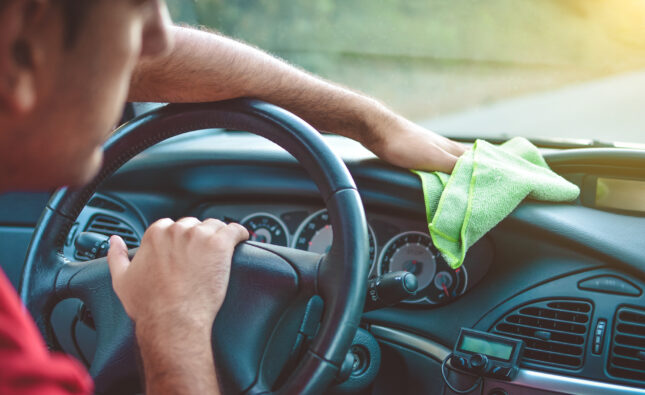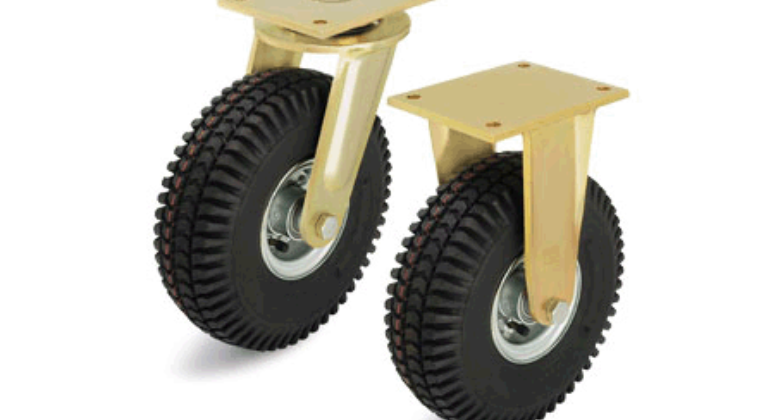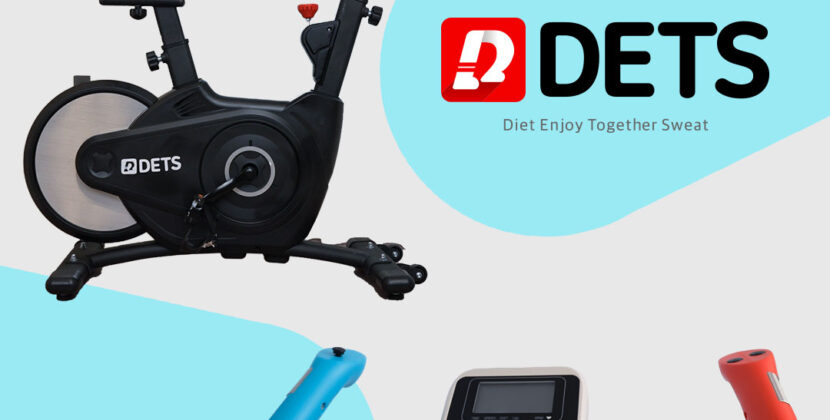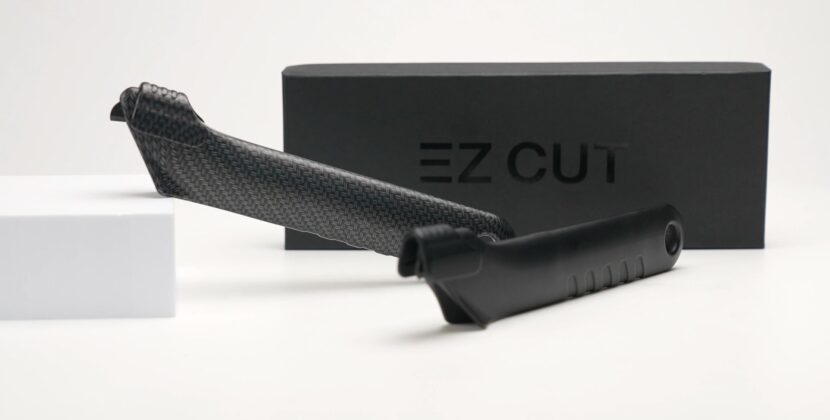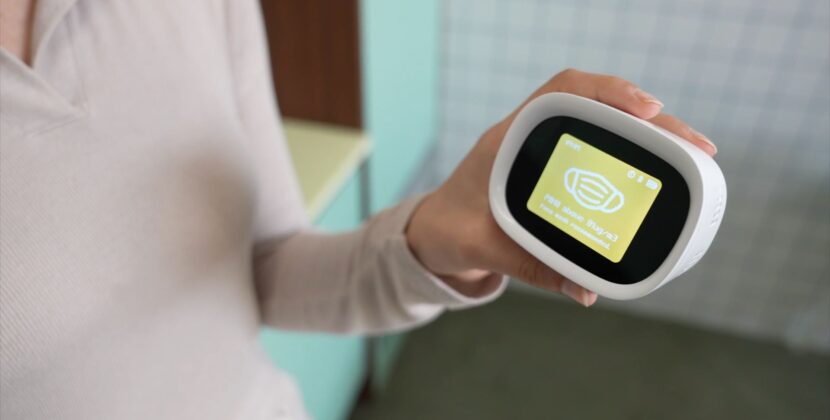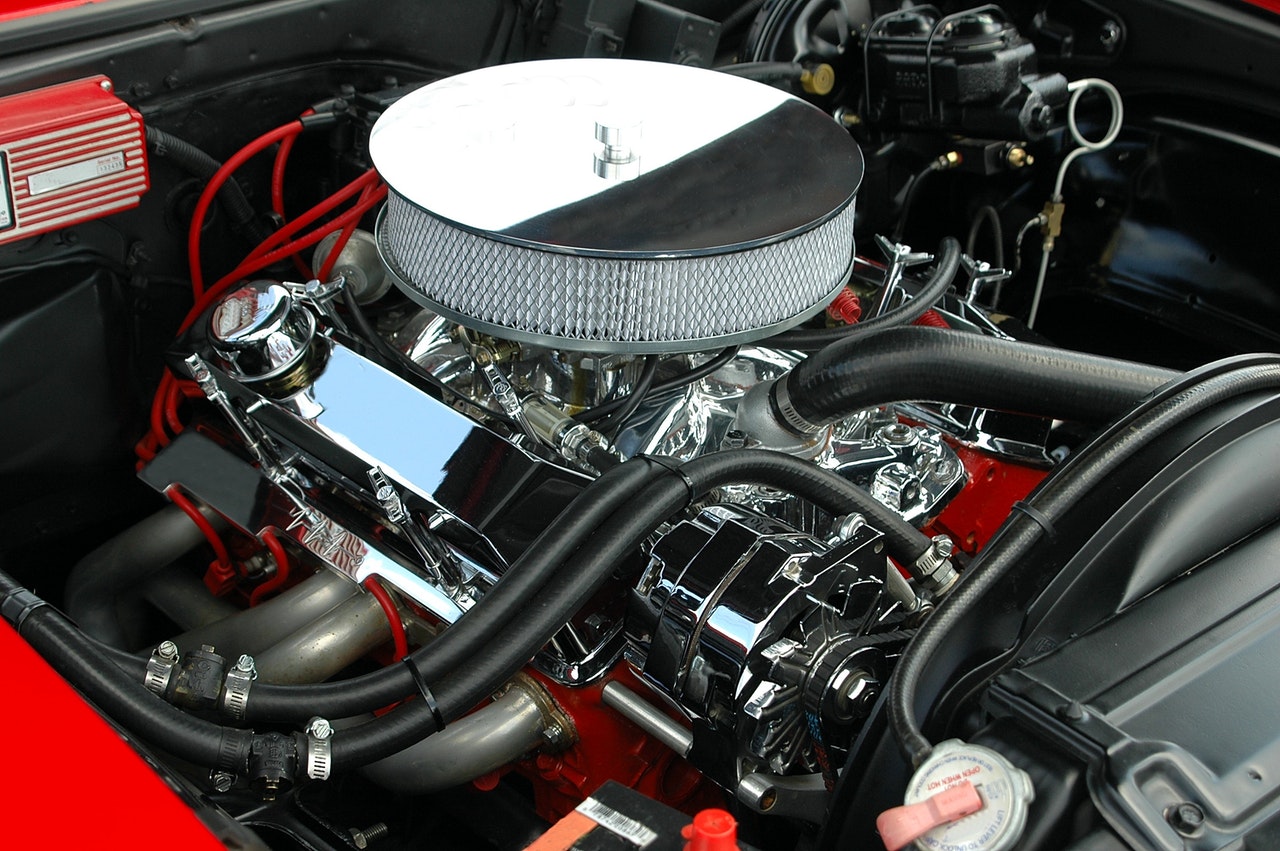 A warning light can be a scary thing. If your vehicle’s check engine light is on, it’s important to diagnose the issue. While some of the most common reasons aren’t an emergency repair issue, there are some that need prompt attention. Explore the common reasons and find out the ideal wiper blade size today.
A warning light can be a scary thing. If your vehicle’s check engine light is on, it’s important to diagnose the issue. While some of the most common reasons aren’t an emergency repair issue, there are some that need prompt attention. Explore the common reasons and find out the ideal wiper blade size today.
Most Common Reason Your Check Engine Light Turned on
Your check engine light is a general warning that there is a maintenance issue with your vehicle. In order to better understand this warning signal you should use an OBD-II reader. A code reader gives you a more detailed error code that points to a specific part or system failure. Here are the most common causes of an error code and check engine light warning:
- Loose gas cap
- Damaged sensor
- Spark plug issues
- Battery or alternator failure
A loose gas cap prevents a proper seal of your fuel system. Leaking fuel vapors are harmful to your health and reduce your fuel economy, so the entire system is sealed. Any leak can signal your check engine light, and the most common area of leakage is around your gas cap. Be sure your cap is tightened and check to see if it needs to be replaced.
There are a number of sensors throughout your vehicle to monitor and adjust systems. Common faulty sensors are your oxygen, mass air flow and throttle position. Oxygen and mass air flow sensors monitor the air/fuel mixture to keep your engine running smoothly and efficiently.
Spark plugs wear out over time and reduce the efficiency of your vehicle. Over time, it may prevent some cylinders from firing altogether. An engine tune up service can replace or maintain the gap of your spark plugs.
A failed alternator prevents your battery from charging as your engine runs. This causes your battery to drain and then die, preventing your vehicle from starting or using other electrical devices.
Use caution when driving with a check engine light on. These common reasons won’t cause serious damage over a short drive, but other check engine light issues could be serious. Don’t hesitate to safely pull over and call a tow service if your vehicle begins smoking or you experience other major warning signs.
Making Sure Your Windshield Wiper Blades Are the Correct Size for Your Vehicle
Replacing your windshield wipers is just one simple maintenance step you can take to keep your vehicle running smoothly. This is a very easy DIY maintenance task, so it’s perfect for anyone just beginning to perform routine maintenance on their own vehicle.
Start by consulting your owner’s manual or talking to an auto parts store technician. All windshield wipers are sized specifically for your vehicle. If you don’t choose the correct size, your blades may not cover your entire windshield or may scrape on the edges of the glass.
Shop for windshield wiper blades and other replacement parts for your vehicle to restore full performance. Don’t let a check engine light frighten you, but stop by a local auto parts store to have the error code checked and find affordable maintenance parts.

